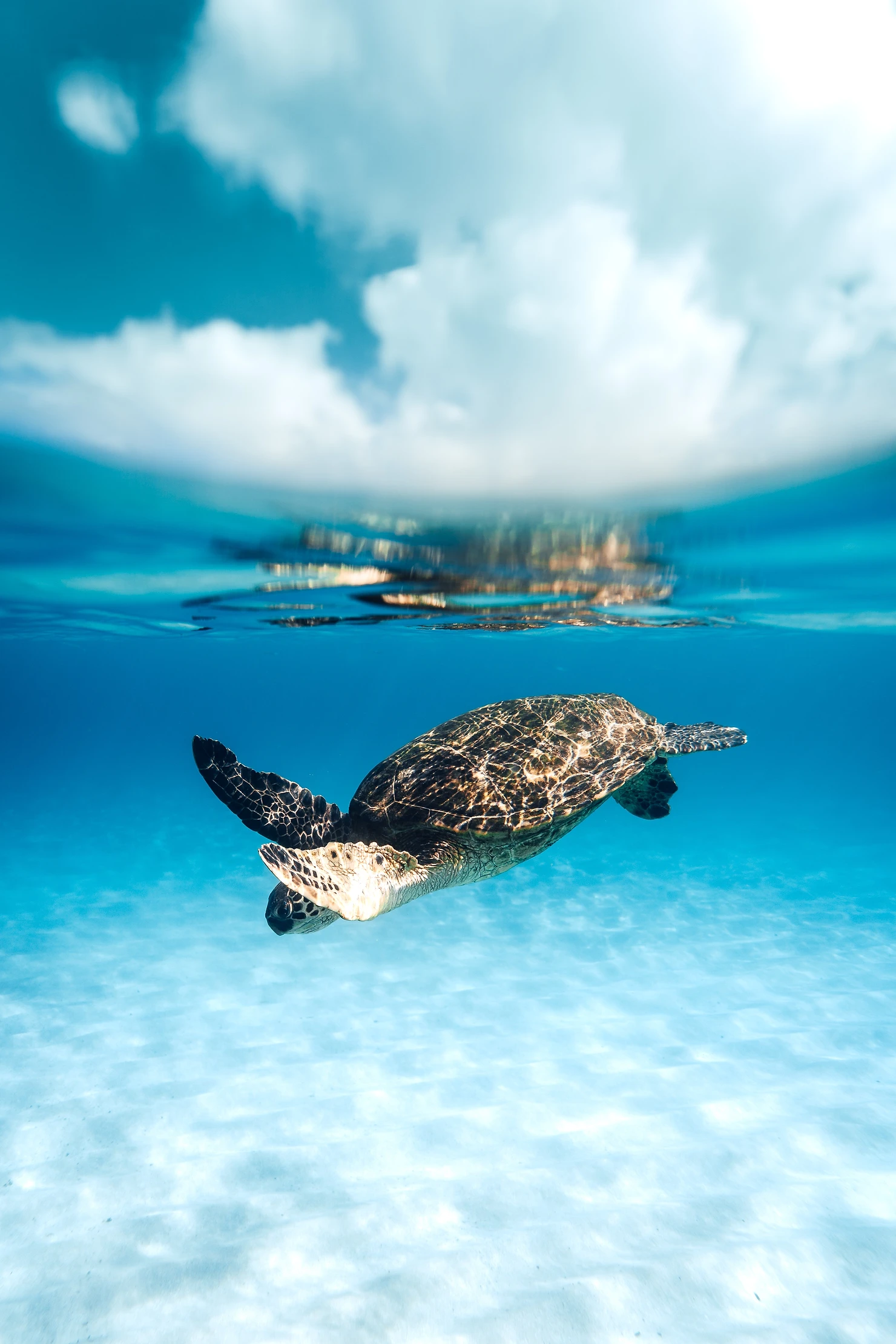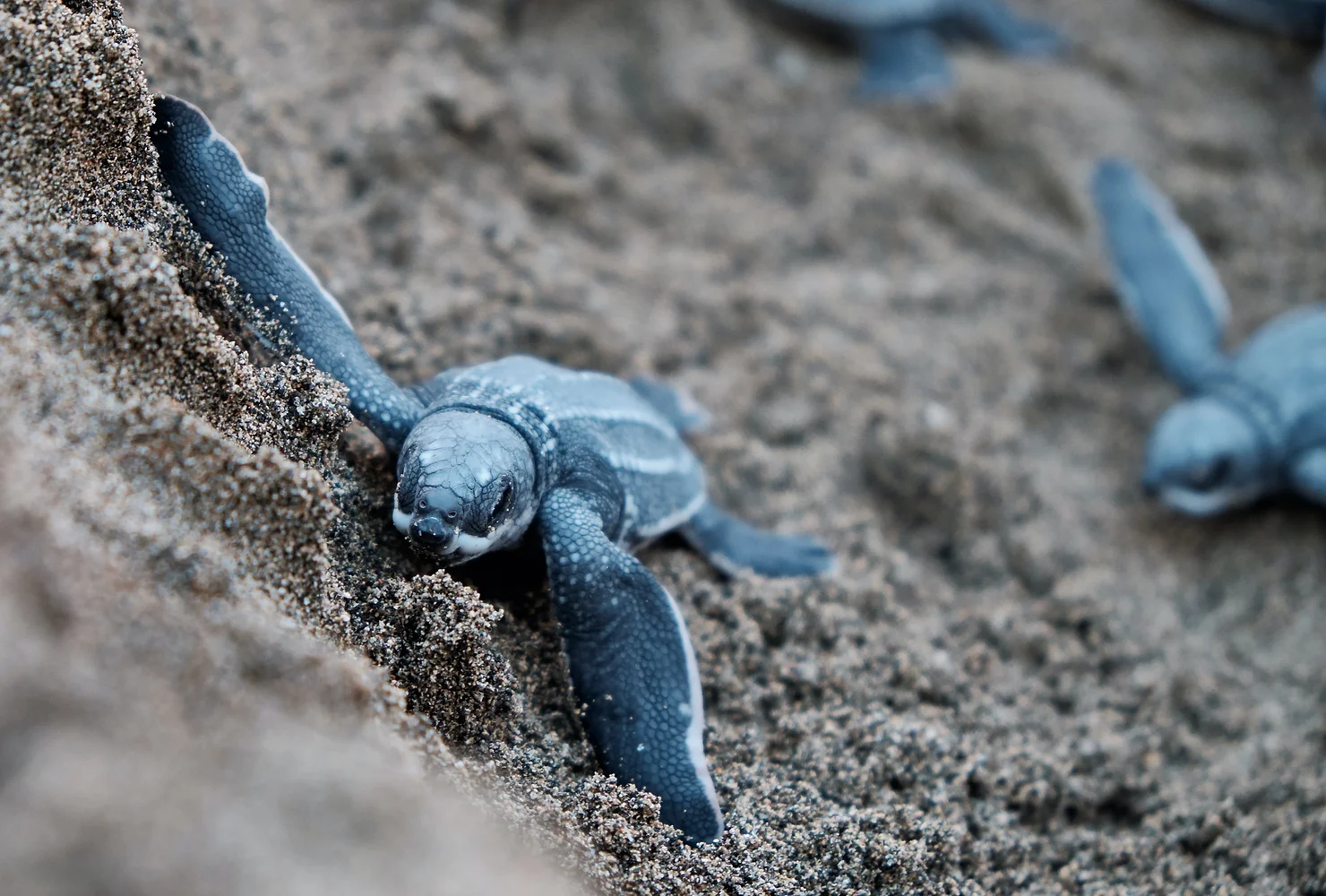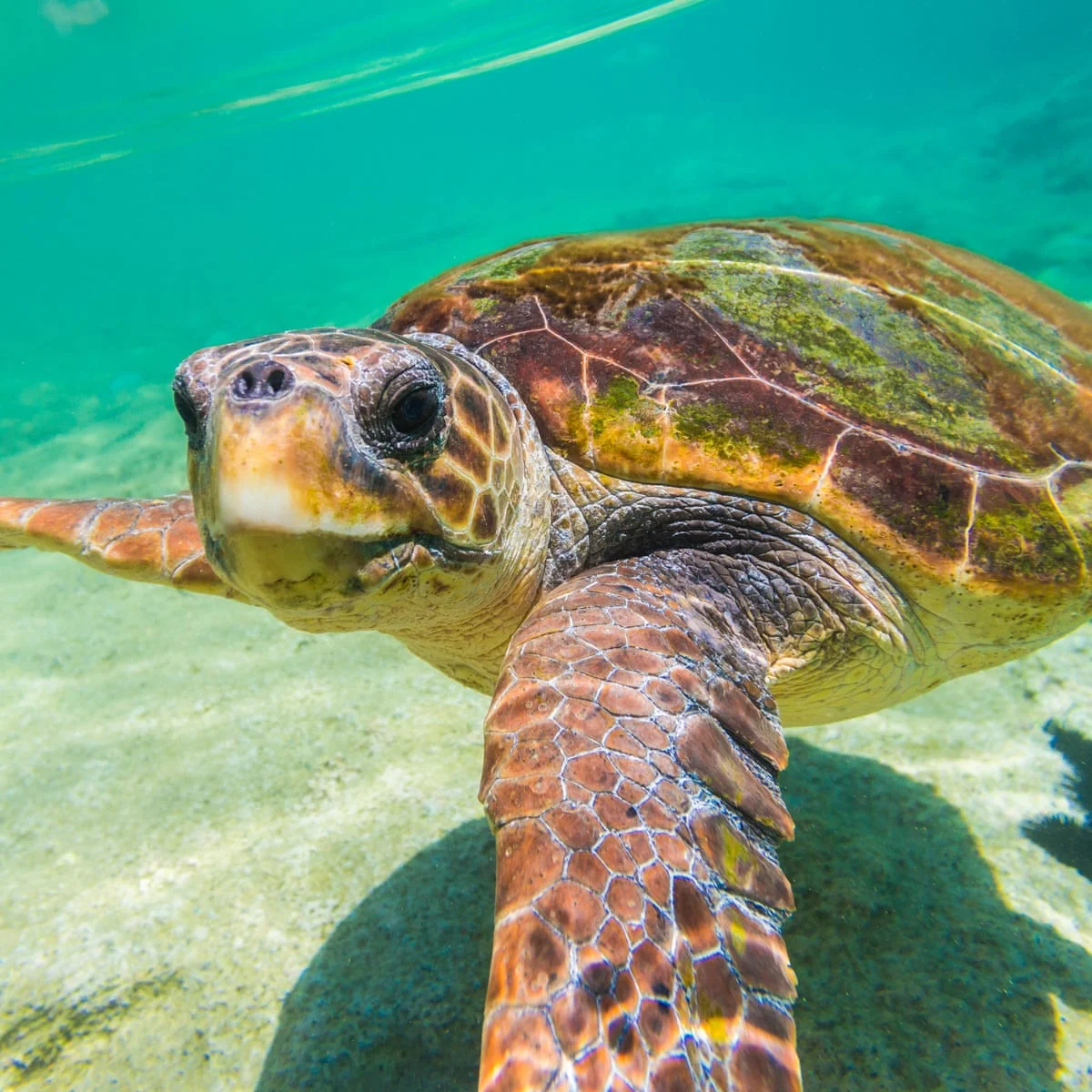Min Read

Words by Daphine Mabhiza
Zanzibar, an island getaway off the East African coast of Tanzania is well recognized for its pristine beaches, unique heritage sites that journey one into the trade posts of yesteryear, fine cuisine of varied influences, and wellness opportunities to reconnect one with self. This tranquil destination offers is widely viewed as the perfect place for one to disconnect from the hustle and bustle of their everyday lives, allowing you to immerse yourself in absolute relaxation.
A big part of the holiday experience in Zanzibar is scuba diving and marine tourism where tourists enjoy the wonder of life beneath the sea, with turtle species being a big part of the underwater ecosystem. However, over the years, turtle numbers have dwindled greatly. Turtles were once a big attraction in the waters of the Indian Ocean for scuba divers to marvel at, but today they are in danger of reducing to near extinction, with the threat of turtle hunting for meat, shell, and eggs shells which locals then use to create trinkets sold to tourists. Turtle poaching has over the years grown rapidly, and even still, turtles also tend to get caught in the local fishermen’s nets, causing injuries to their delicate bodies under their shells.

Protecting Zanzibar’s turtles
Conservation strategies have, in response to the challenges affecting Zanzibar’s marine life, been put in place, and are going a long way to also help save the island’s turtles. Turtle poaching is now an illegal practice punishable by law, and community efforts such as Nungwi Turtle Rescue and Scuba Do Zanzibar have played an integral part in improving the health and numbers of the turtles.
The Nungwi Turtle Rescue Facility is a home-grown community project that helps rehabilitate turtles by buying them from fishermen who find the creatures stuck in their fishnets or injured at sea. The sanctuary nourishes them back to health before releasing them into their natural habitat. This rescue facility has become popular with tourists as it allows them to swim and interact with the turtles, charging a small fee for this unique experience, and thus making it one of the most visited attractions on the island.
Revenues generated contribute towards funding the facility as well as medical treatment for injured turtles. The sanctuary also takes care of baby turtles from the moment they hatch, helping them grow strong enough before they are released into the ocean. Working together with Nungwi Turtle Rescue is Scuba Do Zanzibar, a rescue-focused project that also aids turtles caught in fishing nets, treating, and even resuscitating any non-breathing turtles. Some hotels and resorts have also made positive strides with turtle rescue as they donate some of their profits to sanctuaries, with contributions being key to the development of initiatives designed to help save turtles.
Sustainable tourism is of growing concern to tourism players on the island, such that they work to create and promote initiatives that not only help preserve turtles and the greater marine species but members of the community too. It is commonplace for local women to host craft-making lessons or artisans to handmake curios and wares which are then sold to tourists visiting Zanzibar, thereby supporting the socio-economic well-being of Zanzibari communities and the people that call the island home.

A part to play in helping save turtles
The turtle species remain endangered by adverse fishing practices, human negligence when interacting with marine habitats, pollution, and more. Being a tourist in Zanzibar awards one not only the opportunity to marvel at the wonder of nature while enjoying pristine beaches but also to learn about environmentally conscious ways to help locals protect turtle species. You may be asking yourself what you can do to help save Zanzibar’s turtles when next you visit this magical destination. There is a lot you can do, but you can start off with these few to help make a difference:
1. Keep lights off in beach areas renowned for nesting. Turtle hatchlings rely on moonlight and its reflection to make their way to the water during the night. Artificial light from beachfront buildings has proven to discourage females from nesting on the beach, and also confuses hatchlings, redirecting them inland as opposed to towards the sea. Because they are most vulnerable in the early stages of their lives, heading inland can result in serious injury or even death. So, during those late night strolls on the beach, or if you are so fortunate to be staying at a beach side villa, dim your lights or turn them off completely. You never know whether there is a female nesting or turtles hatching not too far off.
2. Keep beaches free of garbage and debris. Sea turtles often find become tangled in plastic and debris on land and in water, with items discarded by humans such as old fishing lines, balloons and plastic bags being mistakenly consumed by turtles. Say no to plastic and do your part to leave the beaches clean.
3. Be conscious of nesting areas. Hatching turtles can be remarkable to watch, however human interruption disturbs hatchlings from making their way to sea, or even female turtles coming in from sea to find a place to nest. Known nesting areas must be marked and protected to give these marine creatures a chance at completing one of their most important life processes. As a tourist, you can do your part to advocate for the same.
4. Avoid pollution through chemical use. Toxic chemicals we use eventually end up at sea, killing coastal plants and marine life. Nowadays there are a wide range of environmentally friendly alternatives to use, which goes a long way to protect our marine life. Try them.
5. Don’t buy souvenirs made from turtle shells. Need we say more?
6. Only purchase responsibly caught seafood. We all love a great plate of seafood, but do we know how it was caught? Sea turtles are most vulnerable to commercial fishing methods and usually wind up as bycatch from fishing methods such as trawling and longlines, eventually being injured before being tossed back to sea or thrown away altogether.
7. Learn more about turtles and their habitats during your next visit. There is no better way to learn about protecting nature and marine life than visiting a turtle rehabilitation center or joining a tour that touches on conservation. When next on your holiday, simply book your environmentally conscious activity and learn more about how you can protect sea life and its natural habitats.